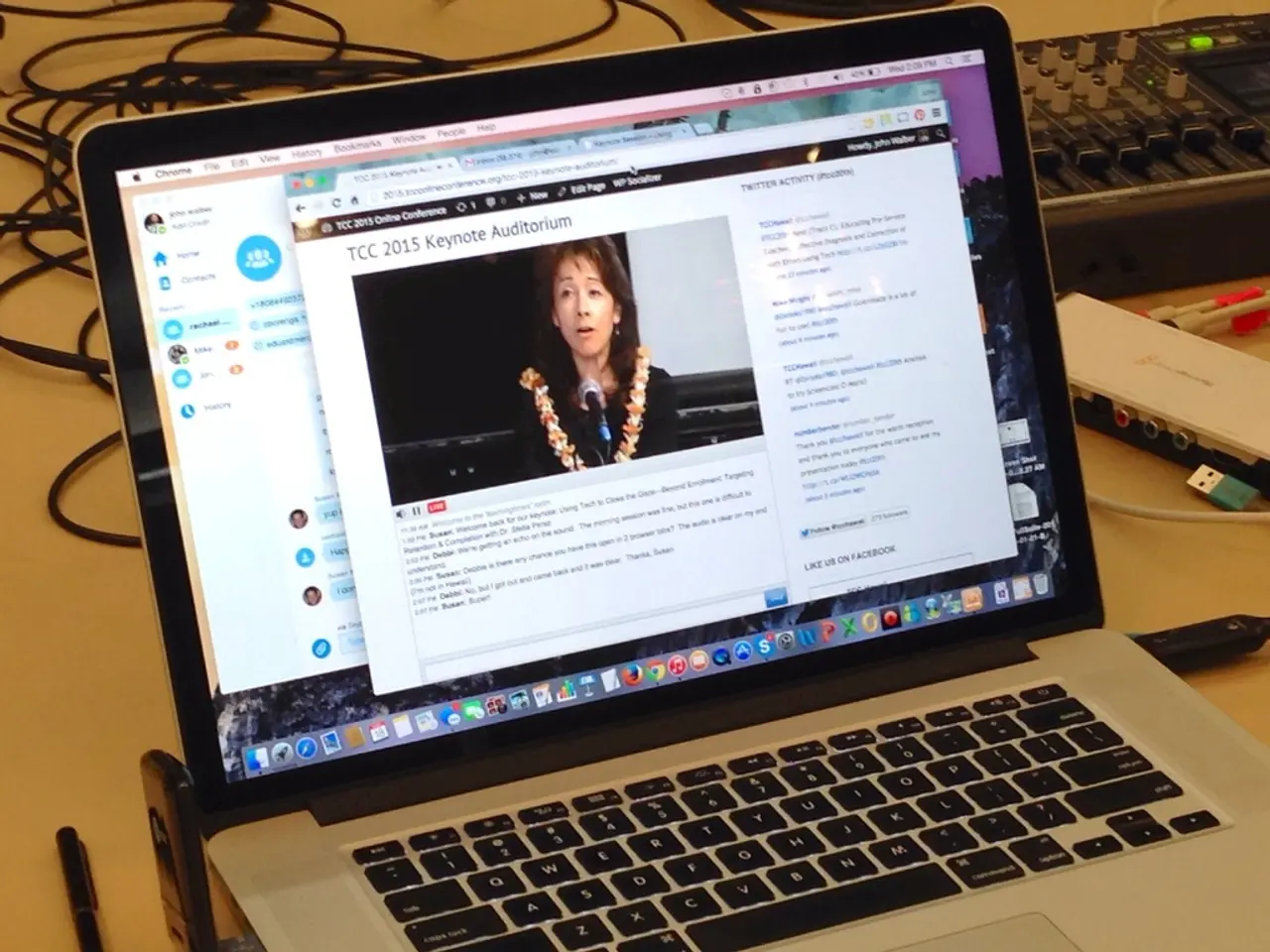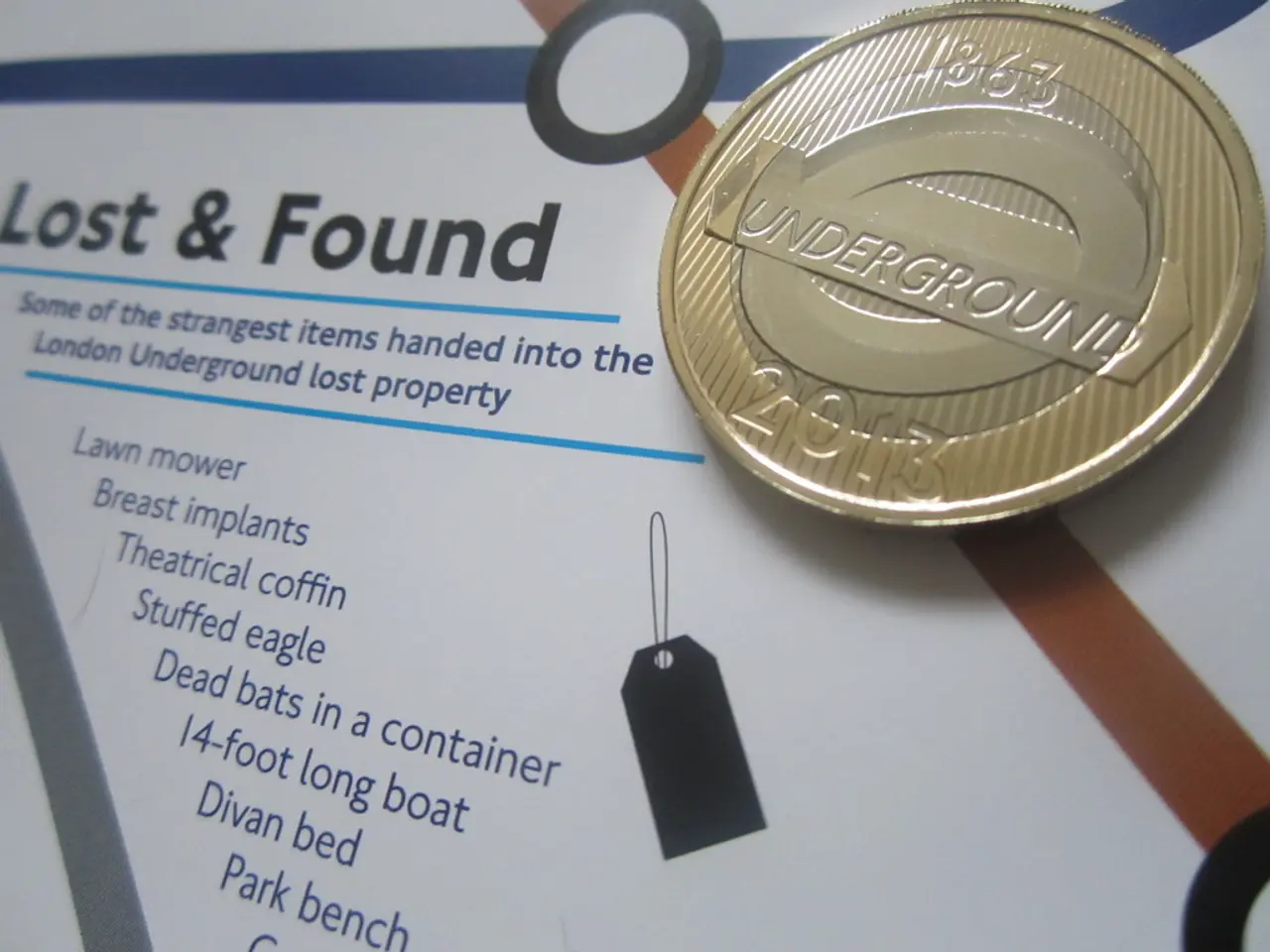Struggling vertical farming startup Vertical Future on the market, reporting a substantial $13 million deficit
In the world of vertical farming, one of the UK's leading Controlled Environment Agriculture (CEA) companies, Vertical Future, is currently navigating financial difficulties. The company, founded in 2016, has raised approximately £37 million ($49 million) from investors such as SFC Capital, Pula Investments, and various angel investors, including a notable £21 million Series A in 2022. However, despite these investments, Vertical Future has struggled to secure additional funding, leading to insolvency risks.
The roots of Vertical Future's struggles can be traced back to a sharp decline in revenue—from £6.7 million in 2023 down to just £692,000 in 2024—paired with pre-tax losses exceeding £10 million. These financial woes were exacerbated by challenging capital market conditions and sector-wide headwinds in vertical farming.
Initially focusing on growing leafy greens, Vertical Future later shifted its focus to developing automated vertical farming infrastructure, including a proprietary SaaS platform (DIANA) and mostly in-house designed systems. While the company received recognition as a leading CEA company and secured innovation grants, such as a £1.5 million UK Space Agency award for space-oriented grow systems, ongoing financial losses and difficulties in raising further capital contributed to insolvency risks.
In response, Vertical Future is now listed for sale on an insolvency marketplace, reflecting strategic attempts to find potential buyers or investors who may stabilise or acquire its assets. The sale seeking occurs amid governance changes, such as board appointments and registered office changes, suggesting preparations for restructuring or acquisition.
Potential buyers in the vertical farming sector typically include larger agri-tech companies, investment firms focused on sustainable agriculture, family offices, and venture capital groups with interests in food technology and innovative farming solutions. However, no specific buyers have been publicly identified for Vertical Future as of the latest reports.
Meanwhile, another UK startup, Grow Up Farms, continues to operate and is supported by its model of running off 100% renewable energy. In contrast, Square Roots, a container vertical farming company, has expanded to Japan and will operate a network of farms combining indoor ag tech with traditional farming methods.
In Japan, Oishii, a US-based indoor farming company, recently opened an R&D center, joining the growing indoor farming scene in the country. Forward Fooding named Vertical Future the "#1 CEA company" in its FoodTech500 list this year and number 33 overall, highlighting the potential and innovation within the vertical farming sector despite the challenges faced by Vertical Future.
Eduardo Clemente of Grow Up Farms' investor Generate Capital stated that indoor farming is capital-intensive and requires significant energy to achieve high volumes and competitive costs. This insight underscores the complexities and challenges faced by vertical farming startups, including Vertical Future, in their pursuit of financial sustainability.
As Vertical Future continues to seek a buyer, the future of the company remains uncertain. However, the struggles of Vertical Future serve as a reminder of the complexities and challenges faced by vertical farming startups in a capital-intensive and energy-demanding industry.
[1] Vertical Future Insolvency [2] Vertical Future Financial Struggles [3] Vertical Future Governance Changes [4] Vertical Future Sale Process [5] Vertical Future's Financial Performance
- Vertical Future's financial difficulties, rooted in a sharp decline in revenue and pre-tax losses, have led to insolvency risks, prompting the company to list itself for sale.
- Despite receiving innovation grants and recognition as a leading CEA company, Vertical Future's ongoing financial losses and challenges in securing additional capital have necessitated strategic changes in governance and the sale of its assets.




